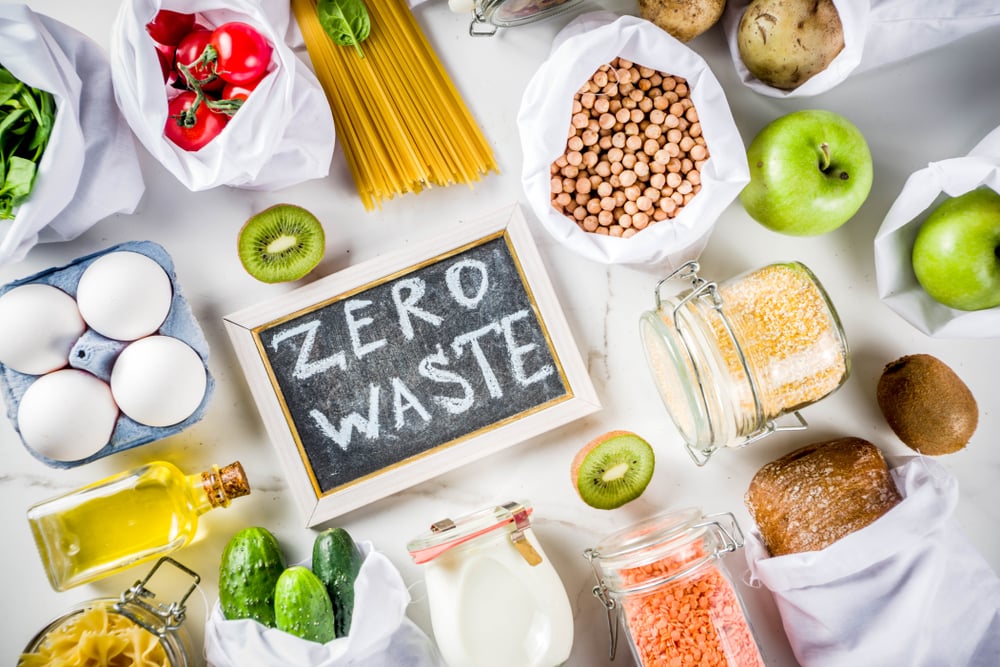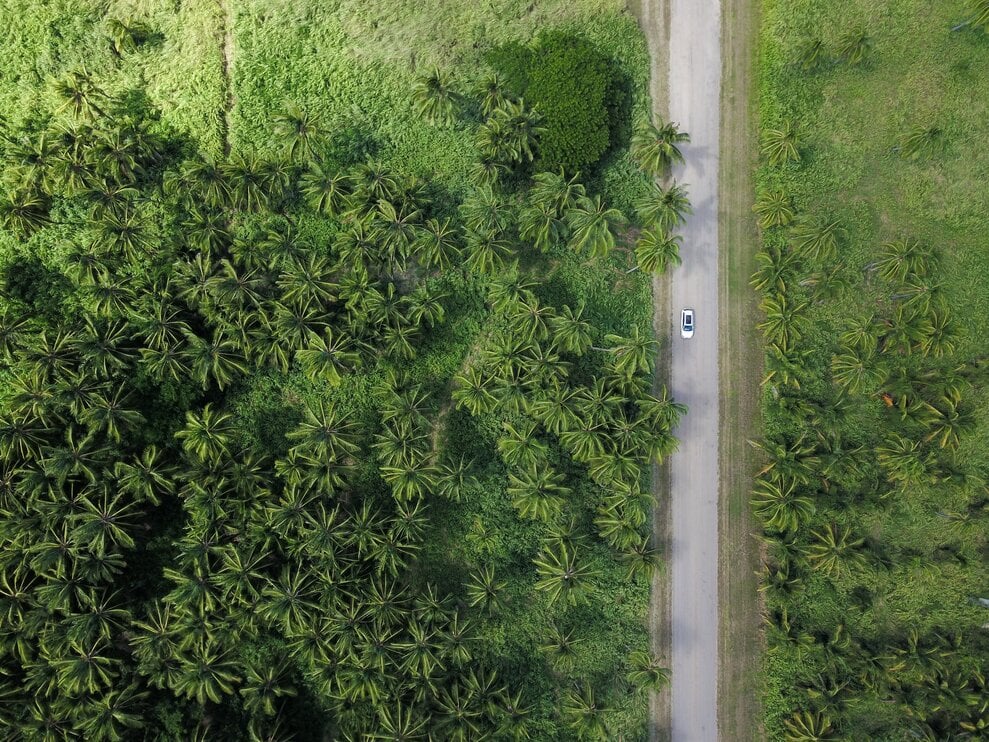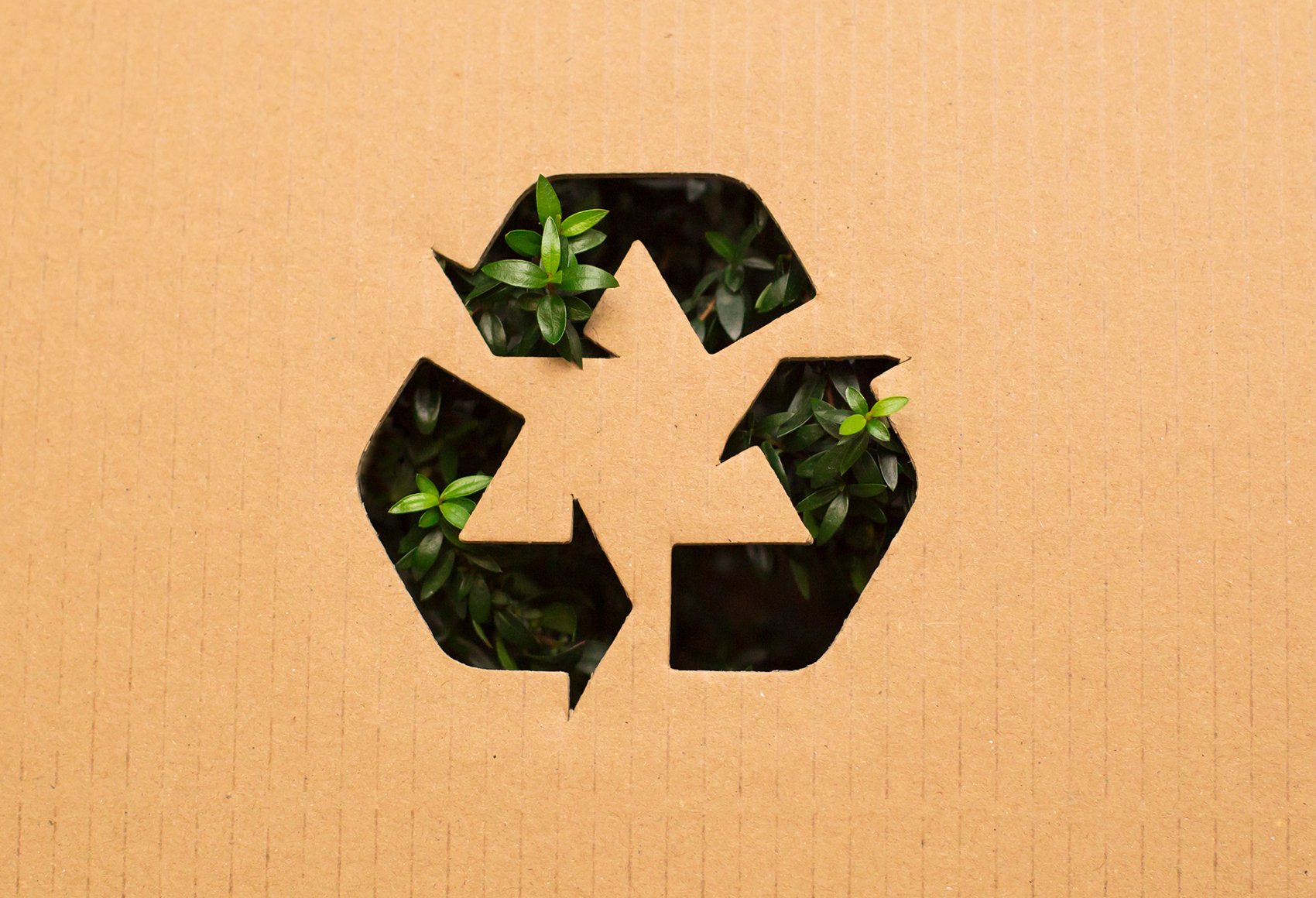
Globally, over 2.14 billion people will make an online purchase in 2021. With the rise of reliable, affordable eCommerce, online shopping is now ubiquitous. Consumers enjoy the convenience of acquiring items they want or need and there are no signs of this changing.
This increase in online shopping translates to a dramatic increase in demand for shipping and packaging materials. To meet this demand, over 241 million tons of packaging are produced globally each year. Most of these packaging materials aren’t sustainable.
Over 86 million tons of that packaging is plastic—and less than 14% of that plastic is recycled. Plastic often ends up in waterways, where it poisons, chokes, and kills essential wildlife. This threat to marine biodiversity is directly fueled by businesses using plastic. Experts also draw strong connections between plastic pollution and climate change and its negative impacts on our environment
Since online shopping is only expected to grow, this glut of unsustainable packaging must end if we want to maintain a biodiverse and healthy planet. The solution: more sustainable packaging.
Plastic is Endangering the Planet
Plastic is a part of most shopping experiences. From single-wrapped avocados at the supermarket to ordering a new book from Amazon, plastic is the common packaging choice. For a long time, many people assumed that as long as packaging had a recyclable logo, it didn’t add to their carbon footprint. This we now know to be untrue.
It takes over 200 years for a single plastic straw to decompose in the landfill and when burned, plastic adds even more toxins to our air. To address the issue, many counties and municipalities are banning plastic bags and making the switch to paper, one of the most sustainable packaging options available.
Paper Is an Effective, Sustainable Alternative
Paper is one of the most sustainable options because it can be recycled effectively. In fact, 93% of corrugated paper is recycled. Even if people dispose of paper improperly, it only takes 2 weeks for a single sheet of paper to decompose. Paper is a renewable resource, too. Thanks to sustainable harvesting and planting practices, U.S. paper forests have grown by 2 million acres a year in the past decade. These forests play a pivotal role in producing oxygen, providing wildlife habitats, and reducing soil erosion.
At NORPAC, we prioritize sustainable recycling by sourcing fiber for packaging from responsibly managed forests. Combined with more efficient manufacturing processes, we’re able to provide sustainable packaging solutions that foster a healthier environment for today and tomorrow.
Learn more about ways you can impact the world we live in through sustainable packaging solutions.
We look forward to working with you to achieve a sustainable future for our planet!



